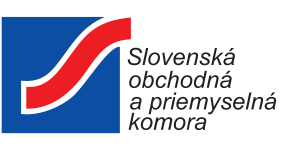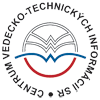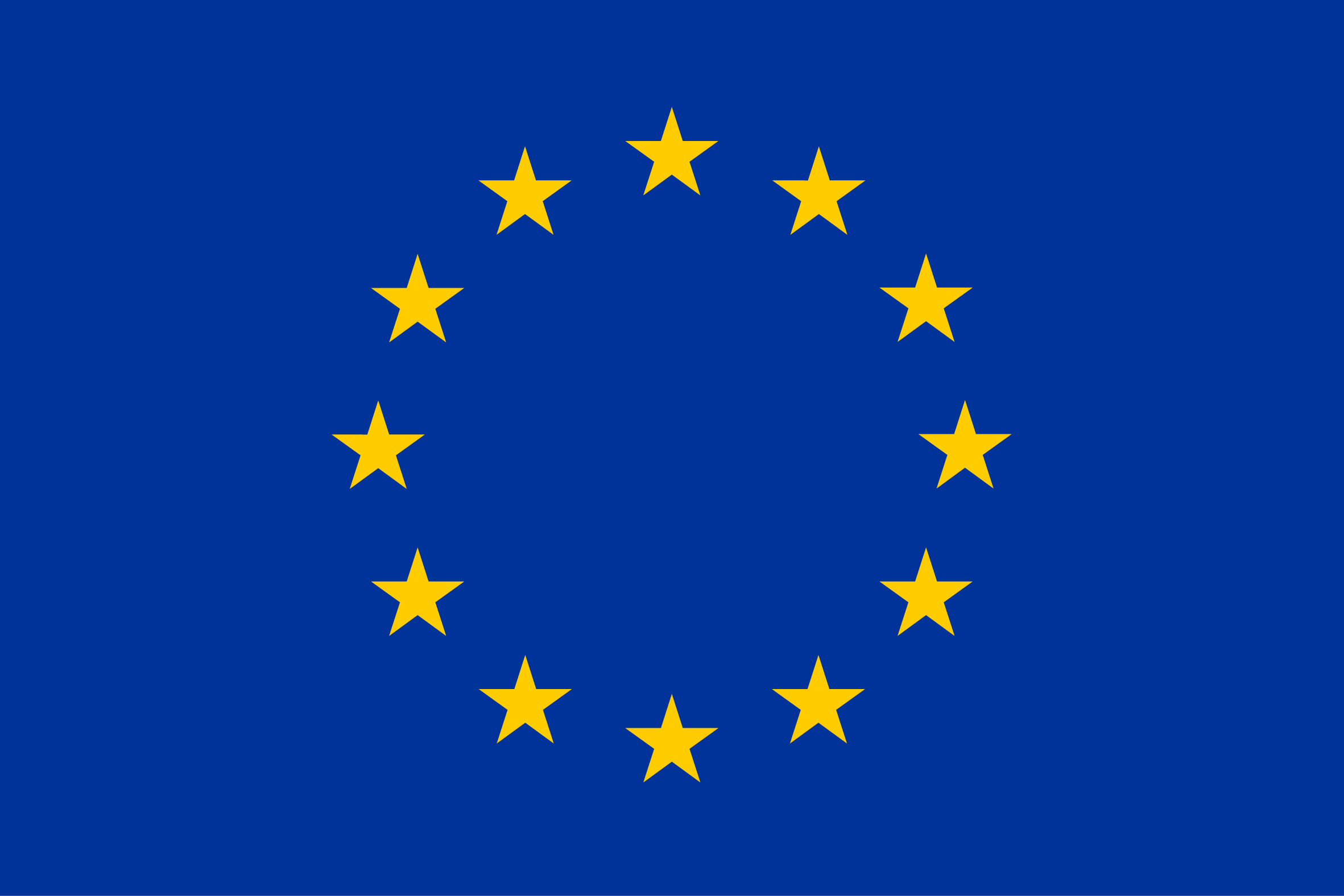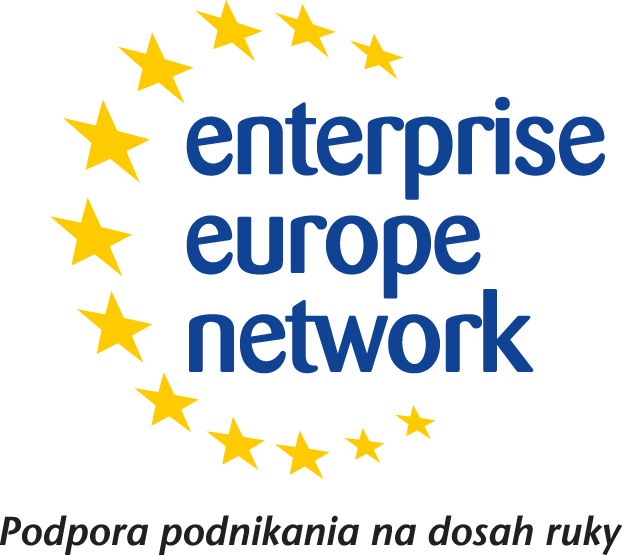Summary:
A German university offers novel cysteine-less split inteins which are capable of robust trans-splicing at ambient temperatures and without the requirement of any chemical reducing or denaturation steps. The university offers a license or a research cooperation agreement to industrial partners.
Description:
In protein trans-splicing two parts of a split-intein can be used to ligate or cyclize polypeptides in a traceless manner.
One can couple two large molecules, such as proteins to each other (example B on the figure) or couple a large molecule such as a protein or antibody with a marker (example A on the figure). Application for A is, for example, a tumor marker that is delegated to the site of interest with the companion antibody. The intein thereby acts as a catalyst of the coupling reaction and separates (biologically=splices) again from the product, so that the final product has only the two desired parts.
The reaction is robust, can be performed in-vivo or in-vitro, using biologically or chemically synthesized peptides or proteins. The sequence of only 2-3 flanking amino acids are constrained. As shown in the figure below, the N and C terminal intein fragments (IntN & IntC) associate and fold into the active domain thereby linking the flanking sequences with a peptide bond. All previously known split inteins only function in reducing conditions due to their use of one or two catalytic cysteines.
A German university invented novel cysteine-less split inteins which are capable of robust trans-splicing at ambient temperatures and without the requirement of any chemical reducing or denaturation steps. This allows the preservation of disulfide bonds within the target protein. The use of this split intein was demonstrated for a full-length IgG, an Fc fragment of an IgG antibody and two nanobodies as representatives of therapeutically relevant proteins. The reactions are high yielding (> 90%) at low to medium micromolar concentrations.
The university offers a license agreement to companies in the biotechnological or pharmaceutical industry who will make use of the invention in their processes. A research cooperation agreement with industrial partners is also conceivable in order to further develop the invention on the basis of the partner's target protein or antibodies and the intein provided by the university.
Type (e.g. company, R&D institution…), field of industry and Role of Partner Sought:
The university offers a license agreement.
This is primarily a matter for companies in the biotechnology sector, but also for pharmaceutical companies that are looking for or would like to offer specific coupling solutions. Chemical companies only apply if they also work biotechnologically, i.e. with plasmids, as this is more of a kit and not a single enzyme. The partner would integrate the invention in their solutions.
A research cooperation is also conceivable in order to further develop the invention. In this case, the university provides the intein (both halves) and the partner sought provides the target protein and / or the antibody or marker. Who exactly carries out which experiments would then have to be agreed.
Stage of Development:
Under development/lab tested
Comments Regarding Stage of Development:
The invention has been validated in lab.
IPR Status:
Patent(s) applied for but not yet granted
Comments Regarding IPR Status:
The invention is in the PCT (Patent Cooperation Treaty) phase.
External code:
TODE20210419001








